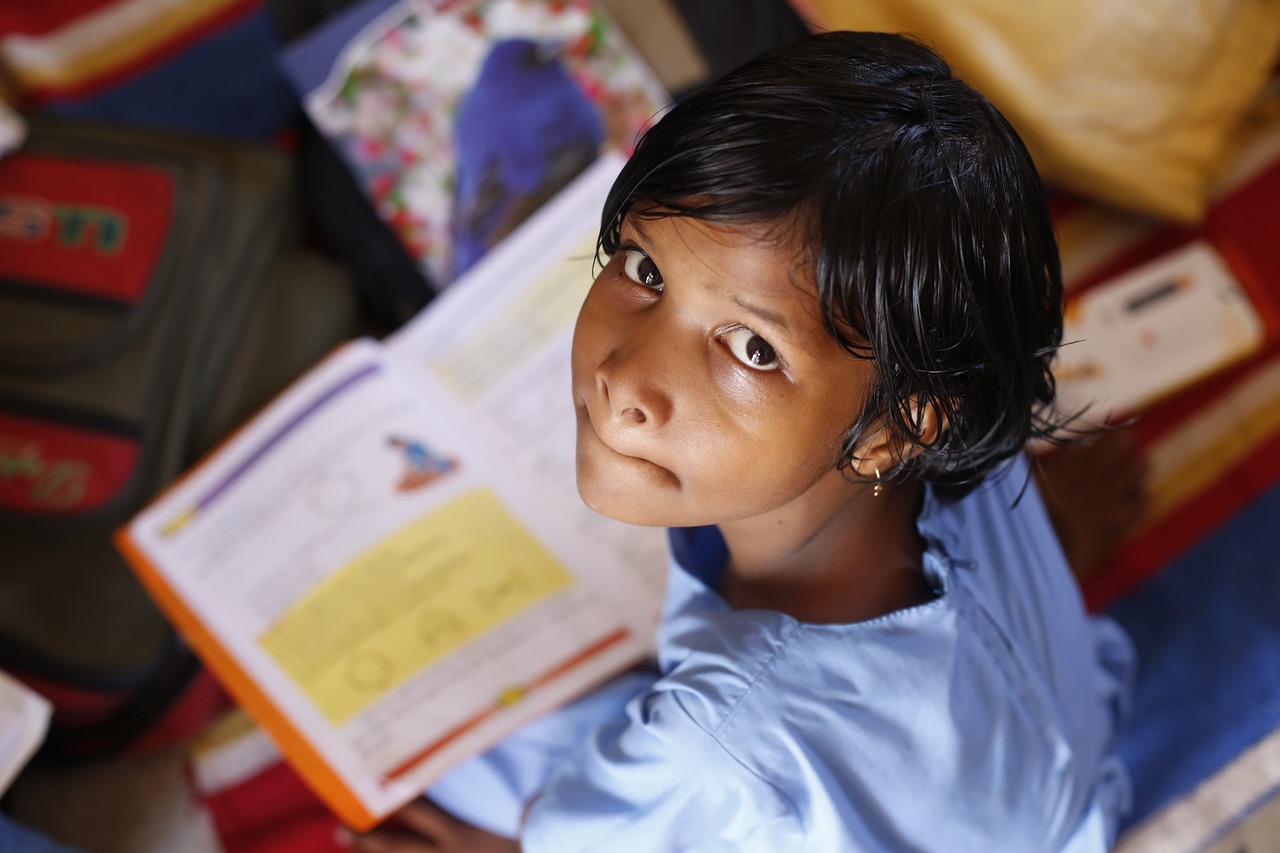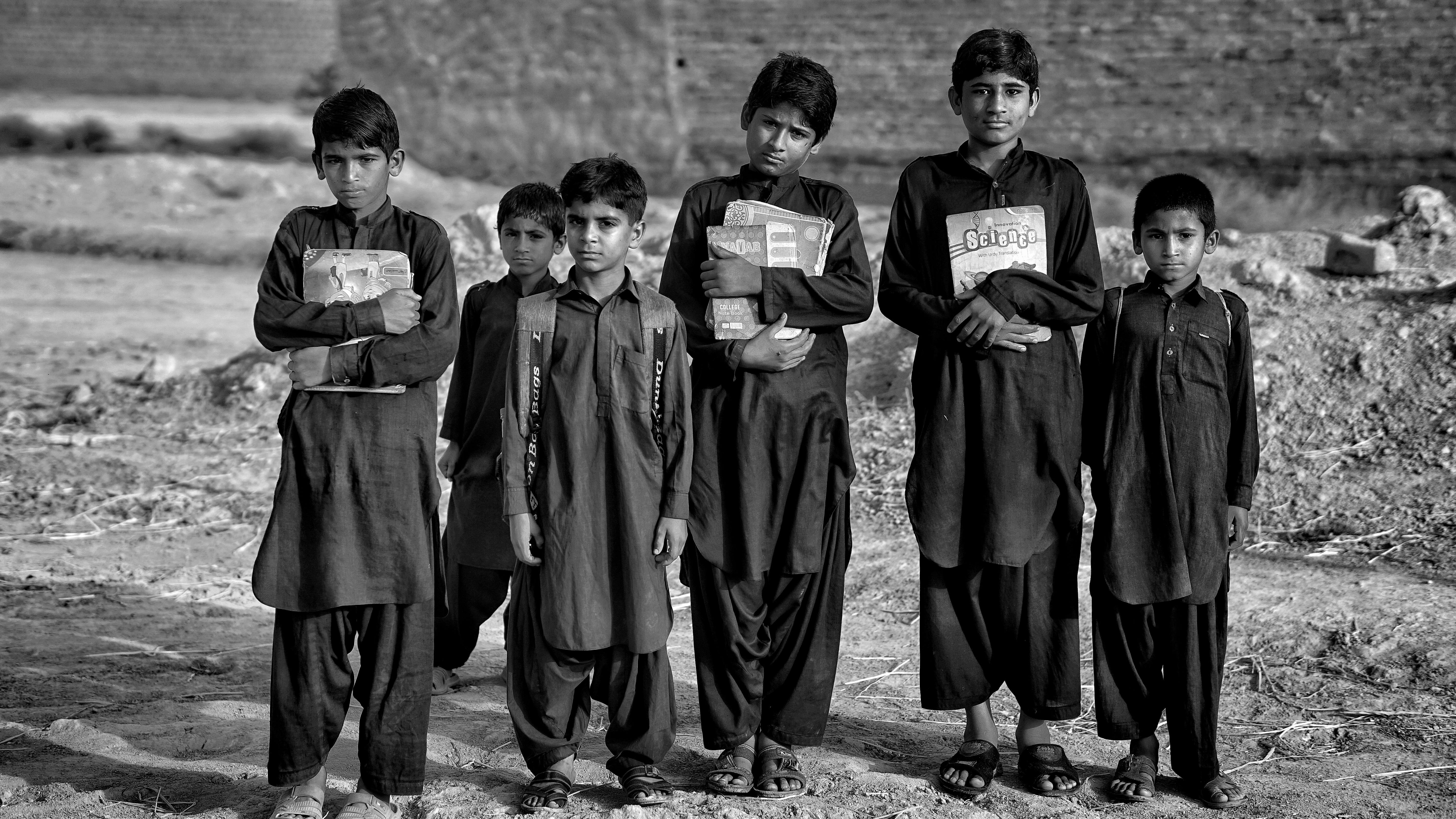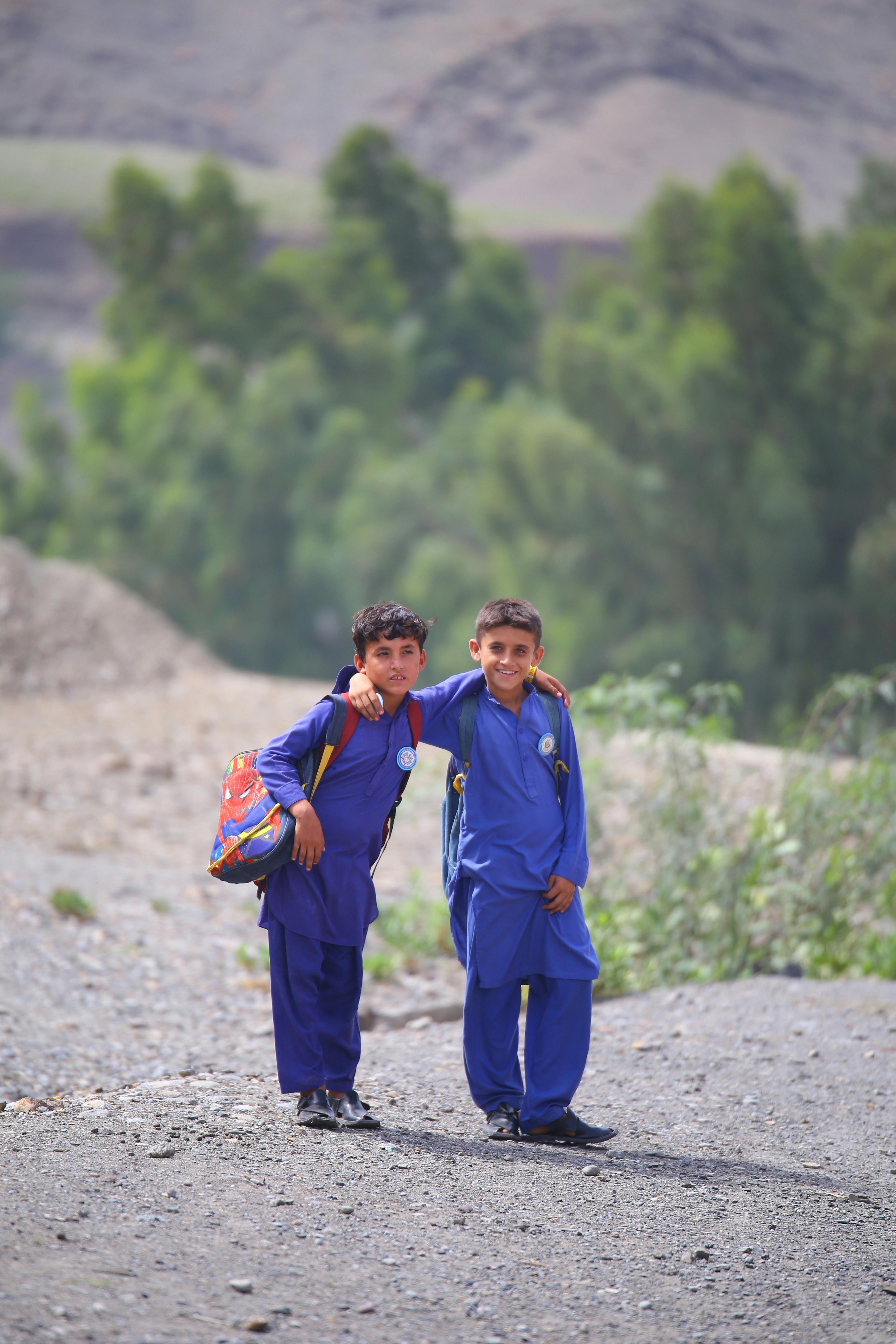Abstract .

This article offers a thorough investigation of the systematic fallacies influencing education in Pakistan, therefore tracking the roots of these problems. It draws attention to the great differences between public and private education entities, the function and restrictions of madrassas, and the general inequity in educational access. It also tackles the obsolete curricula and instructional strategies, the poor teacher training programs, and the widespread political influence causing policy flux. The incoherent examination system is criticized for encouraging rote learning and hence eroding critical thinking and required understanding.
The article also looks at the broader impacts of a deteriorating educational system in society, including growing socioeconomic gaps and economic inertia. To open the path for a reasonable and efficient education system, it suggests feasible modifications including curriculum modernization, teacher training enhancement, technology integration, and policy consistency. Finally emphasizes the dire need for educational reform to promote social cohesiveness and economic prosperity, to enable society to tackle future challenges.
1. Overview.
A pillar of development both nationally and personally is education. Still, structural and operational flaws in Pakistan's educational system have long hampered the country's ability for development. This paper investigates the false character of Pakistan's educational system, clarifying its main flaws and providing a strategic road for significant change.
2. Historical Background of Pakistan’s Education System.
Pakistan's educational system has been plagued from its founding by systematic neglect and inefficiency. The nation inherited an educational system already antiquated and underfunded after independence. Over the years, several education strategies and programs have been implemented; yet, reforms have sometimes been weak and erratic. The result of decades of neglect and ill-considered policies is the educational obstacles we confront now.

3. Contemporary Organization of Education System.
The educational system in Pakistan is complex and fragmented swag, comprised of numerous distinct channels that offer varying degrees of quality and accessibility. The educational landscape is characterized by substantial disparities as a result of this division. Elite private institutions, which are frequently well-funded and endowed with contemporary resources, are situated on one side. Students receive a superior education that provides them with access to global opportunities. Conversely, government-operated public schools are faced with inadequate facilities, outdated curricula, and underqualified personnel, which results in the deprivation of the complete potential of countless young minds. Religious seminaries or Madrassas, which combine religious instruction with basic education, constitute an additional pathway to this intricate mosaic. However, they frequently fall short of the breadth necessary for contemporary occupations. Consequently, the system's fragmented nature perpetuates inequality, as a student's future prospects are largely determined by the type of education they can access, thereby entrenching social divisions and stifling the aspiration of equal opportunity for all.
3.1 Public vs. Private Organizations.
Mass public education suffers from underfunding, inadequate facilities, and unqualified teachers among other things. On the other hand, although they remain out of reach for the typical Pakistani family, private universities usually provide a better quality of education. This twin school system accentuates inequality, therefore strengthening the gap separating the rich from the poor.
3.2 Madrassas and Their Function:
Given thousands of madrassas around the nation offering free education, religious education also plays a major influence. Many madrassas, however, lack modern courses, which makes it challenging for their pupils to fit into mainstream social and financial structures.
4. The Lapses in Pakistan's Educational System
4.1 Issues with Access and Inequality: In Pakistan, education still belongs more in a privilege than a right. Particularly rural areas have great difficulties getting access to schooling. Although urban areas have a lot of prestigious universities, rural schools are sometimes run-down and without even of the most basic conveniences. Gender inequalities aggravate the issue even more since girls in conservative areas have great obstacles to receiving education.
4.2 Outdated Instruction and Curricula: Most Pakistani schools' curricula have not changed to suit the demands of the workforce of the twenty-first century. Still, the most popular teaching tool is rote memorization, which stifles critical thinking and innovation. Many times, subjects are presented without any practical application, which leaves the students unprepared for real-world tasks.
4.3 Deficit of Professionalism and Teacher Training. Any educational system's backbone is its teachers, although in Pakistan the profession suffers lack of respect and the tools it deserves. Low teaching standards result from many unskilled and untrained public school teachers. There are few professional development chances, and pay is insufficient, which discourages gifted people from joining the field.
4.4 Political Effect and Policy Unrest. Pakistani education policy is vulnerable to the vagaries of shifting governments, each anxious to leave its mark without thought for consistency or long-term effect. Policy frameworks are so often changed and projects are shelved before producing any benefits. Political meddling in educational operations degrades the quality of the education even more.
4.5 Examination and Evaluation Errors: Emphasizing memory above comprehension, the test method is seriously defective. Though they define children's futures, high-stakes tests do not measure actual knowledge or critical thinking capacity. This has produced a society in which learning is subordinated to grades, therefore encouraging immoral behavior including cheating and commercialization of exam preparation.
5. How a defective educational system affects society
5.1 Consequences for the Economy. Economic development cannot be driven by an illiterate or poorly educated workforce. Pakistan's educational system limits employment prospects and stunts economic development by failing to provide pupils with the skills required for modern careers. Moreover, the mismatch of industrial needs with the knowledge acquired at educational institutions aggravates unemployment
5.2 Social Stagnation and Inequalities. The educational gap leaves the impoverished behind while the rich access better possibilities, hence sustaining social injustice. This inequality inhibits social mobility and drives poverty cycles. Moreover, the absence of high-quality education in underprivileged and rural areas aggravates conflicts and divisions, hence fueling social instability.
6. The Way Ahead Suggestions and Changes in Policy
6.1 Curriculum During Overhaul. It is imperative to change the course of instruction to stress creativity, critical thinking, and pragmatic ability. While history and social sciences should foster tolerance and critical thinking, subjects like STEM—science, technology, engineering, and mathematics—must be taught with an eye toward application.
6.2 Funding Teacher Development. Programs for thorough teacher preparation ought to be created to guarantee teachers have contemporary pedagogical knowledge. Improving the pay and status of teachers would draw more qualified people into the field, therefore producing a more competent teaching staff.
6.3 Promoting Technical Integration. Many of the divisions in Pakistan's educational system can be closed with technology. When properly used, e-learning systems may provide top-notch materials even in the most far-off areas. The curriculum should include digital literacy so that pupils are ready for the worldwide employment scene.
6.4 Guaranteeing responsibility and consistency in policies. To guarantee policy continuity, a non-partisan, independent authority ought to supervise educational developments. Initiatives should be assessed using data-driven methods with responsibility systems in place to stop inefficiency and corruption.
7. Conclusion.
The educational system of Pakistan really needs thorough change. Though they are great, the difficulties are not surmounted. A better future can be created by a deliberate and committed strategy stressing fair access, contemporary curricula, and professional teacher preparation. Education ought to be the engine of development, bringing rather than separating people together, and arming the country to flourish in an always shifting environment.

References.
Ministry of Federal Education and Professional Training. (2023). Pakistan Education Statistics. Retrieved from
UNESCO. (2022). Education in Pakistan: A Review of Policies and Progress. Paris
UNICEF. (2021). The State of Education for Children in Pakistan.
World Bank. (2022). Education Sector Assessment: Challenges and Opportunities in Pakistan. Washington, DC: World Bank Group.
Siddiqui, S. (2016). Education Policies in Pakistan: Politics, Projections, and Performance. Karachi: Oxford University Press.


You must be logged in to post a comment.